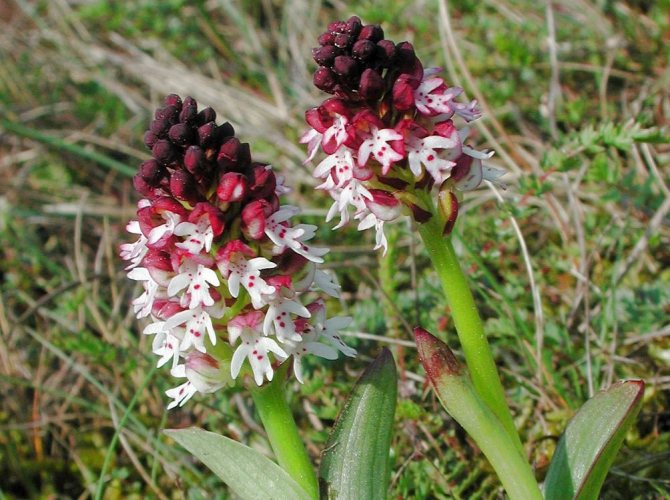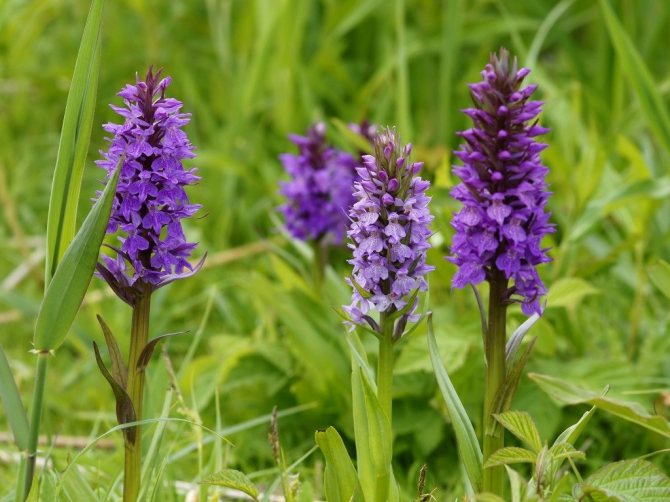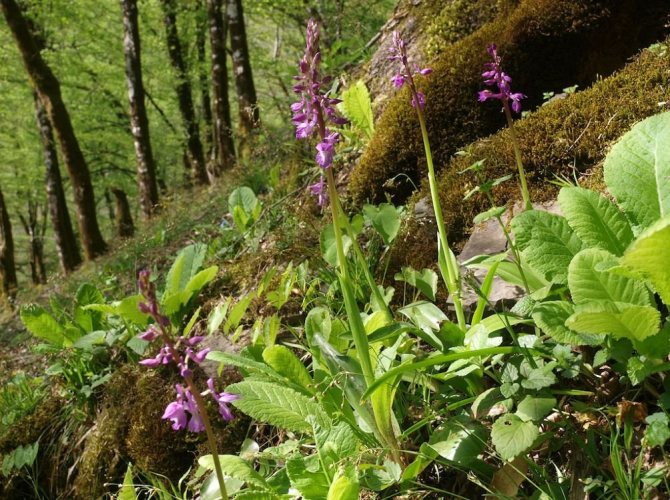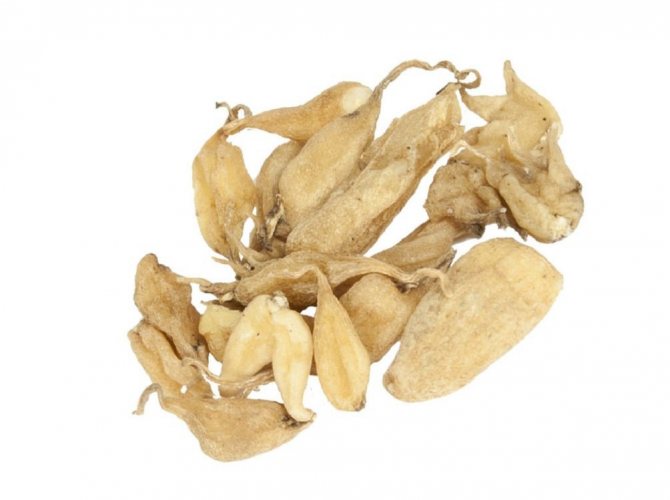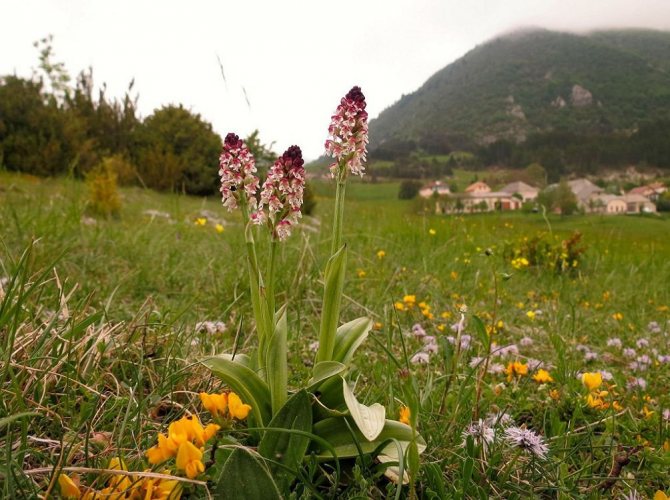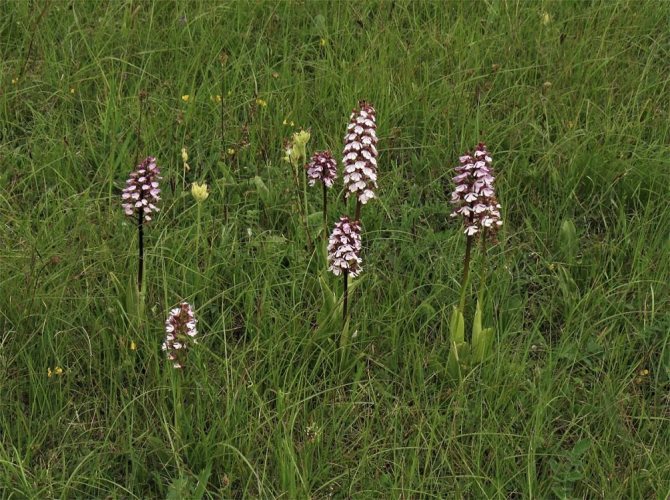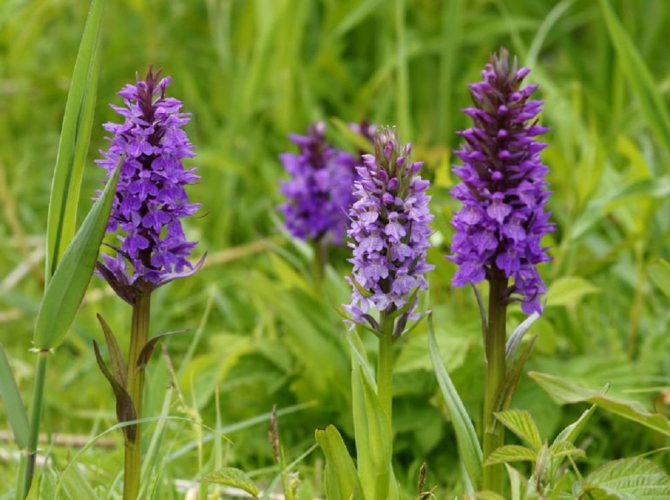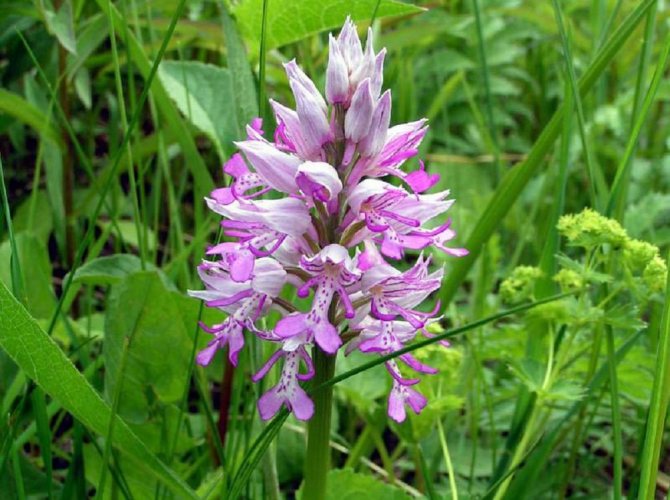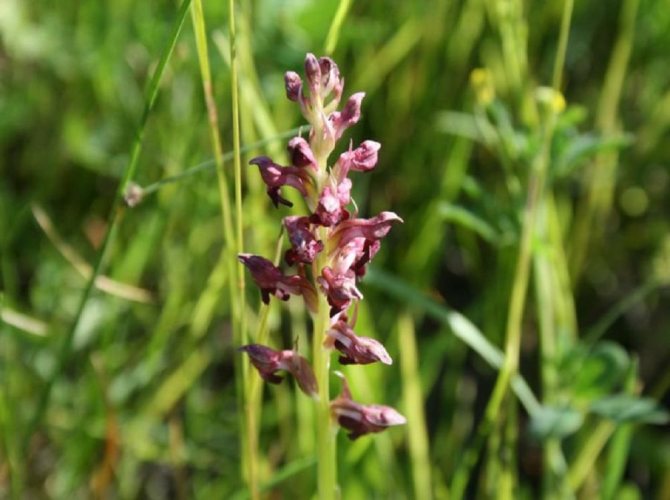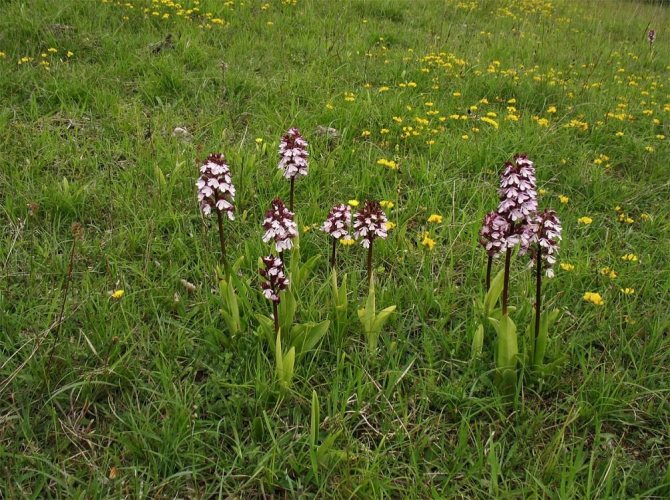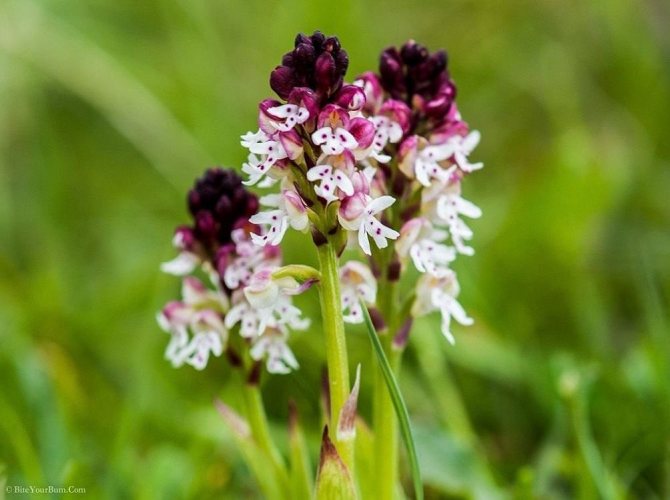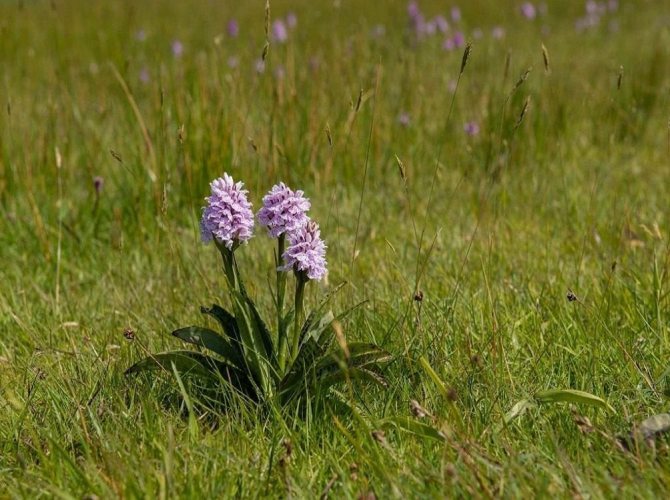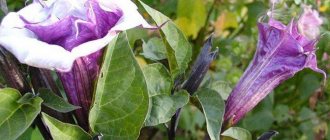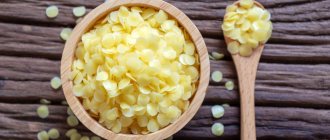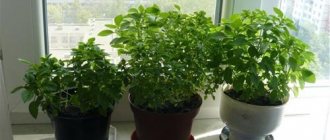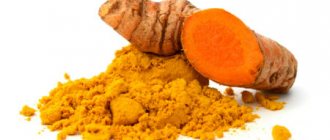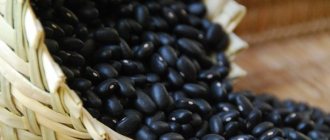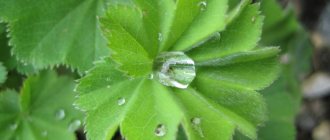People call this medicinal plant "Ivan's finger". In the old days, they literally worshiped the healing properties of its tubers, used in folk medicine for the prevention and treatment of many diseases. The orchis, the photo and types of which can be considered in detail in this article, is a perennial with a straight arrow-shaped stem a little more than half a meter high.
Orchis leaves are narrow, in the form of sharp arrows, dark green in color. In some plants (for example, spotted orchis), blurred purple specks are visible on the leaves. Candle-bright spikelets of flowers are mauve or deep dark purple in color.
Each of us met this unpretentious, but very healthy plant in the field, without even knowing about its extraordinary medicinal properties. Basically, for the treatment and prevention of various diseases, flower tubers collected immediately after the flowering of the plant are used. The orchis blooms in late spring - early summer. When flowering ceases, seeds form in neat, tightly closed capsules. Perhaps that is why the people came up with the romantic name "cuckoo's tears" for a modest dull flower.
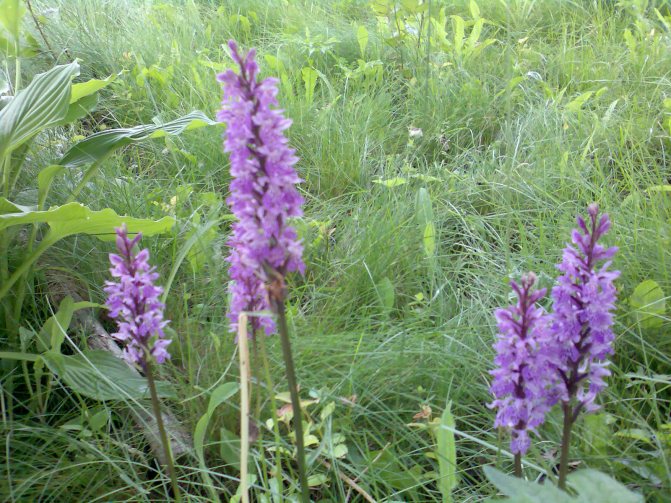
Orchis blooms in late spring - early summer
Description of the plant and types of orchis
This medicinal tuberous plant is a perennial of the Orchid family, the erect stems of which grow up to 70 cm in height, depending on the species. Its leaves are narrow, dark green in color, in some varieties they are decorated with purple specks. In April, the herbaceous culture throws out hollow peduncles with spike-shaped inflorescences, on which up to fifty buds are formed, predominantly cherry or purple in color.
The buds bloom for up to 10 days, exuding a delicate honey-vanilla aroma. From the moment of pollination, the petals quickly fade, after which the formation of seed pods begins. The root system of the plant consists of paired tubers (salep), which are widely used in folk medicine.
There are over 60 species of orchis. The Orchid family is relatively young, therefore, there are difficulties with the classification of this culture due to the presence of several interspecific hybrids. We offer to consider the most famous plant species with a description:
- Orchis male (Vankova, armed, pine, female orchis). The height of the perennial is up to half a meter, at the base of the plant there are purple spots. Leaves 15-35 mm wide have a broad-lanceolate shape, up to 14 cm long. The buds of this variety are small, the color of the petals ranges from pale purple to purple. On spike-shaped inflorescences, up to fifty flowers are tied.
- Orchis spotted (swamp-loving, Sudeten, serpentine, tears of the Virgin). Gardeners highly appreciate this variety because of its high decorative properties. Its distinctive feature is the dark spots that adorn the lower part of the leaf and the three-lobed lips of light purple buds.
- Monkey orchis. The name of the variety was due to the original lower lip of the flower, which in shape resembles the body of a tiny monkey.
- The orchis is helmeted. The height of a herbaceous perennial can reach up to 60 cm; from May to June, the plant is decorated with dense, multi-flowered ears of 8 cm long.The upper five perianth segments are located together, resembling a knight's helmet, the narrow lip is divided into segments.
- Orchis purple (largest). The flower stem is powerful, up to 1.2 cm thick, reaches 40-70 cm in height. The pale pink lip of the flower stands out strongly against the background of the brown-purple or black-purple color of the upper helmet.
Other common flower varieties:
- orchis Caucasian;
- orchis dremlik;
- orchis italian;
- marsh orchis;
- orchis fuchs.
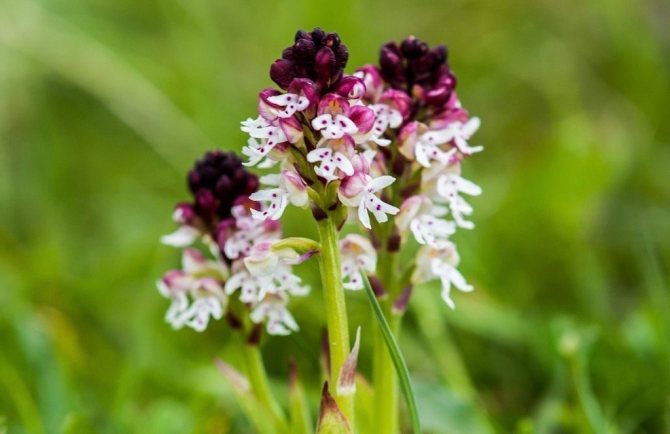

Burnt orchis
Botanical description [edit | edit code]
The average height of a leafy simple stem is 10-50 cm.
At the root of the thickening in the form of two tubers - salep.
Leaves broadly or linearly broadly lanceolate, embrace the stem with a narrowing in the petiole.
The flowers are small, from lilac-pink to dark cherry, collected in long, multi-flowered spike-shaped inflorescences 7-9, sometimes 15 cm long. The upper petals of the flower form a helmet, and the lower ones form a lip with a spur. Reddish spots on the lip serve as a guide for pollinating insects. While waiting for pollination, orchis flowers may not wither for 7-10 days, but wither immediately when pollen enters the stigma of the pistil. Blooms from April to August.
In most species, the only way to reproduce is by seed. Some species, for example, the helmeted orchis, can reproduce vegetatively, developing two new tubers instead of one [5].
The chemical composition of the orchis
The aerial part of the plant and the tubers differ slightly in the content of chemicals. The leaves and shoots contain the glycoside loroglossin, carotene, pectins, quercetin, and bitter substances. Orchis root is distinguished by a richer set of useful components, therefore, in folk medicine, root tubers (saleps) are mainly used for the preparation of medicinal aqueous solutions.
Brief chemical composition of plant tubers:
- pectins;
- sucrose (up to 1.5%);
- bitter substances;
- mucus (up to 50%);
- starch (27% -31%);
- dextrin (about 13%);
- methylpentosans;
- essential oil;
- pentosans.
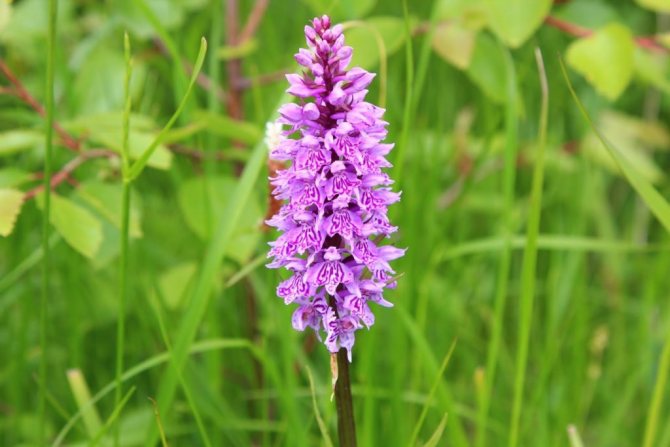

The aerial part of the plant and the tubers differ in the content of chemicals
Is the orchis listed in the Red Book
The Red Book is a list of rare and critically endangered representatives of flora and fauna, such rare plants include the spotted orchis plant. It was destroyed by people for a long time, therefore it is currently listed in the Red Book.
Some herbalists choose to grow this plant on their own.
In addition to its medicinal properties, the plant blooms beautifully, its flowers are somewhat reminiscent of orchids, and such plants will adorn any flower bed. There are other species of this plant, which are also listed in the Red Book not only of Russia, but also of national regions, as well as other states.
The orchis is on the verge of extinction, so it is listed in the Red Book
Namely:
- For example, such a plant is the orchis. Its decline is also associated with a large collection of tubers for the manufacture of medicines.
- The male orchis is a type of plant, a perennial can reach a height of 50 cm. The tuber of a plant is considered the most valuable part of the plant, it can reach sizes up to 8 cm, it changes every year, the old one dies off and a new one appears at the same time.
- The rarest species of orchis is small-celled.
The number of the latter, despite being included in the Red Book, is constantly decreasing due to human economic activities, the collection of the plant, primarily due to the decorative properties of this plant. There are other species of this plant, which are also listed in the Red Book not only in Russia, but also in other countries.
Where does the orchis grow
Orchis grow in the subtropics, cold and temperate latitudes.They can be found almost throughout Russia, except for the cold Arctic. Most species prefer predominantly damp meadows, mossy forests and shrubbery, but avoid wetlands. Due to the ability to accumulate nutrients in tubers, some of the more resistant species have adapted to survive in arid and rugged mountainous areas. For example, with the arrival of heat, the Provencal orchis goes into a dormant stage, and in the fall it wakes up and resumes growth.
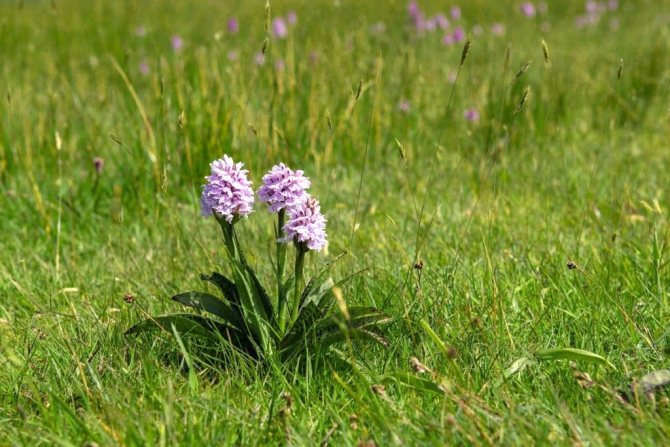

Orchis grow in the subtropics, cold and temperate latitudes
Growing and care
Orchis perfectly tolerate unfavorable conditions due to the accumulation of nutrients in the tuber. They are patents (they leave the territory where more competitive species have settled). This should be taken into account when planting and caring for orchis. The plant forms fruit poorly (only 1/3 of the flowers will bear fruit). Even fewer seeds will germinate. Plants are sensitive to soil composition. The change in the acid balance of the composition is reflected in the fungi that form mycorrhiza with the plant, which are vital for the survival of orchis.
Pick-up location... Partial shade is desirable. Most plants like moist soil, without waterlogging. There are species growing on dry soils (Provencal). In hot and dry moments, the plant goes into a hibernation position, the upper part dies off, and the root freezes in development until the onset of a favorable moment. Towards autumn, orchis begin to develop actively, hurrying to slip through the life cycle until the next July.
The soil... A non-acidic loosened substrate is suitable. Composition: leaf earth, sand, with the addition of peat (2: 2: 1). From above, the substrate is necessarily mulched annually with needles. It is strictly forbidden to add fresh manure to the soil.
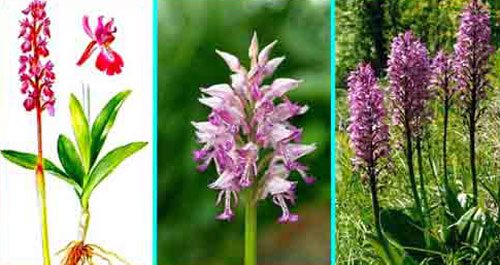

Orchis: diagram, inflorescence, adult plant
Wintering... Most plants tolerate cold winters without difficulty. Some require light cover.
Diseases and pests... Disease resistant. Tubers are "successfully" eaten by mice, caterpillars and other small animals.
Orchis use, medicinal properties and contraindications
Traditional healers have long appreciated the orchis as a versatile plant that can effectively help in the treatment of childhood, male or female diseases. The underground root tubers of the flower have an excellent enveloping effect due to the presence of mucus. This substance prevents the absorption of harmful foods and poisons from the digestive tract. Underground saleps are used for the preparation of medicinal enemas and oral preparations. Water infusions from root tubers are famous for their blood-purifying, strengthening, anti-inflammatory and hematopoietic properties. Side effects while taking the medication are extremely rare, they are mainly associated with individual intolerance.
Orchis helps to treat the following diseases:
- enteritis;
- colitis;
- gastritis;
- hemorrhoids;
- bronchitis;
- nervous exhaustion;
- peptic ulcer of the stomach and duodenum;
- diarrhea;
- inflammatory processes of the oral cavity;
- poisoning with poisons;
- tuberculosis;
- inflammation of the prostate;
- violations of female sexual function.
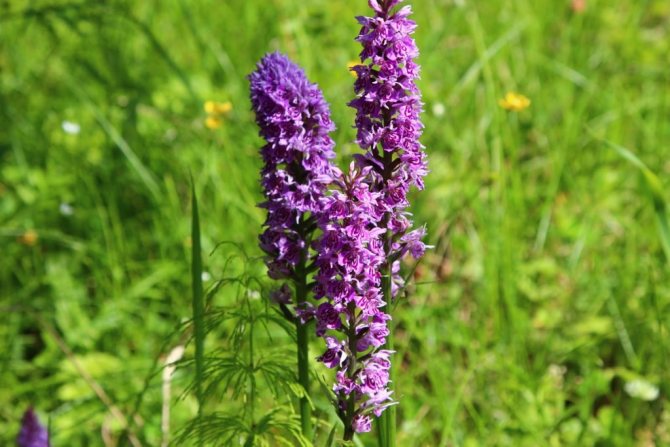

The underground root tubers of the flower have an excellent enveloping effect
Beneficial features
Of particular value are orchis tubers, which contain, among other things:
- calcium;
- mineral salts;
- essential oils.
A flour called salep is prepared from the dried tubers of a wild orchid, and it, in turn, is used to make medicines that have the following beneficial properties:
- enveloping;
- strengthening;
- pain reliever;
- antitussive;
- anti-inflammatory;
- wound healing;
- anticonvulsant;
- antiseptic.
Orchis products also help normalize sleep, increase testosterone production, and improve blood flow to the genitals.
Collection, harvesting and storage of orchis
In folk medicine, daughter (young) orchis tubers are used, which are harvested at the end or in the last days of flowering. The roots dug out of the ground are cleaned of dirt by thoroughly rinsing in running water. Experienced people recommend that the roots be immersed in boiling water for a short time to facilitate drying and to prevent possible sprouting of eyes. Raw materials, ready for use, are divided into two types - heavy flattened-ovate saleps-root tubers and salep-powder. When kept in dry cardboard boxes or cotton bags, the roots retain their properties for up to six years.


Orchis tubers are harvested at the end or in the last days of flowering
Reproduction
Mostly orchis is grown from seeds. Self seeding is possible. The method is complicated by the fact that the seeds germinate exclusively in symbiosis with the fungus of the desired species. Therefore, only a few give seedlings.
Vegetatively bred by branching the growing tuber in the middle of the season. It happens repeatedly. After the separation of the young process, the regrowth of the subsequent one begins). The first time is separated during budding, subsequent times with an interval of 15-20 days.
Remember! When digging up a tuber, shoots and roots must not be injured.
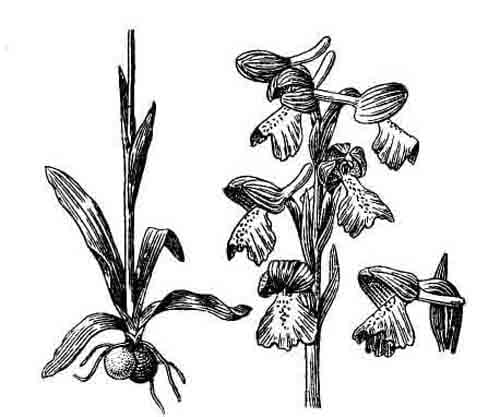

The structure of the orchis dremlik
The sprout lives in the ground in the first two years of life (some species are larger, some less), leaves appear in 3-5 years, and blooms even later. In good conditions blooms for 3-5 years
Orchis recipes
In folk medicine, the following recipes are used:
- Preparation of an enveloping agent. Mix 2 g of alcohol with 2 g of chopped salep, add 20 g of boiling water and stir until the lumps disappear completely. After shaking, pour 200 g of boiling water into a container and let the solution cool. The resulting mucus should be taken in a teaspoon up to 3-5 times a day. It is not recommended to store the medicine for a long time.
- Salep infusion for diarrhea. 120 g of crushed raw materials pour 0.5 l of hot water and mix. It is allowed to take the medicine after 30 minutes, 1 teaspoon per hour.
- A drink from the roots for colds. Mix 25 g starch, 25 crushed roots and 100 g sugar. Add water slowly, mixing the composition thoroughly. The finished substance should resemble sour cream in consistency. Top up a glass of milk, place the container on the stove and simmer for about five minutes. It is recommended to drink the cooled product in small sips; for taste, it is allowed to add a little cinnamon or cloves.
- Medicine for the treatment of poisoning. Pour a teaspoon of dry crushed raw materials with 200 g of hot water, leave for up to 50 minutes, thoroughly mixing the cooling substance. You can add a little honey before taking. It is recommended to take the remedy twice a day in small equal portions.
- Treatment of the genitourinary system. Pour half a teaspoon of ground tubers with a glass of boiled water cooled to a temperature of 20 ° -25 °. Infuse for an hour with periodic stirring. Before use, you can add honey, take the infusion in small equal portions for about a month.
- Healing decoction of a yarrist for impotence. Pour two teaspoons of raw materials with a glass of boiled water, then cook for 10 minutes over low heat. Infuse the broth for 10 minutes, take 80 ml three times a day.
- Treatment of hemorrhoidal bleeding. Pour 10 g of chopped dried salep in 200 g of milk, bring to a boil and cook for several minutes. The cooled broth should be taken in small equal doses throughout the day.
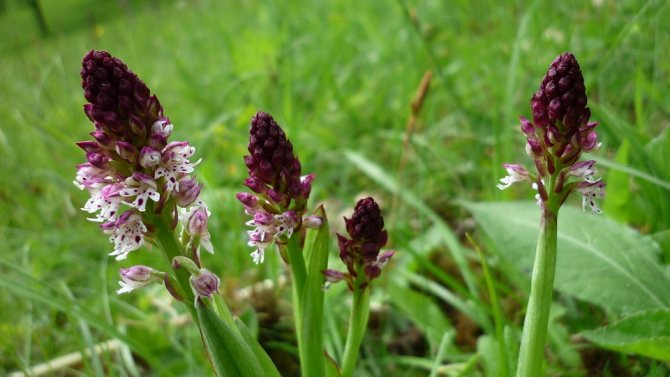

In folk medicine, decoctions and infusions of orchis are used.
The orchis plant is of great importance to humans. It can be used as a decorative specimen in flower beds or as a remedy.In scientific medicine, this charming flower is rarely used, but traditional healers of different countries have been using the tubers of a unique perennial plant since ancient times to make a universal medicine.
Growing methods in the Moscow region
Reproduction of orchis in the conditions of summer cottages and backyards is carried out in two ways:
- seeds,
- by dividing the root.
Seed reproduction
Sowing seeds is possible in open ground in early spring or late autumn. It is also possible to grow seedlings using a greenhouse or indoor method of keeping. Sowing is carried out in containers, covered with cling film or specialized covering material that can maintain the required level of soil moisture.
Germination of seeds can take up to one and a half months, during which it is necessary to maintain the soil temperature at a level of at least + 18 ... + 20 degrees, and carry out regular spraying. When the seedlings reach the stage of appearance of the second - third leaf, it is necessary to make a pick into a larger container, or individual peat cups. Further, the seedlings are grown according to the standard scheme until the open ground is ready in the spring.
Root division
This is the easiest way to reproduce orchis, allowing you to quickly get a new adult specimen. The division is carried out in the fall, when the green of the flower withers and prepares for wintering. The plant is dug up from the root, which is subsequently divided into individual tubers.
The tubers are planted in a permanent place. Moreover, it is necessary to place in the planting hole not only the tuber, but also as much soil as possible from the old growth site. This is due to the fact that, like cultivated relatives, the wild orchid is sensitive to fungi in the soil.
Regal and proud wild orchid
Orchis, wild orchid, cuckoo tears, orchis - no matter how you name this amazing and regal plant, its beauty will not diminish. Orchis is a garden culture from among the unique exotic plants. To understand the beauty of flowering, you need to consider it up close. But one thing is certain - the best candidate for the role of a "piece" accent, the main star is hard to find even among the exotic.
But before admiring the beauty of the orchis, we will stipulate the main thing: it is a protected, endangered plant, which in no case should be looked for in nature for your garden. Orchis, even if you are lucky enough to find it in the forest, leave it in its usual habitat.
Garden orchis, like garden snowdrops with lilies of the valley, are plants that are bred specifically for decorative purposes and industrial cultivation. And even if they are not found at every step, you can buy seedlings or seeds by ordering from catalogs. When purchasing plants from private gardeners or simply from the market, be sure to make sure that you are not involved in the criminal reduction of the population of this delightful species.


